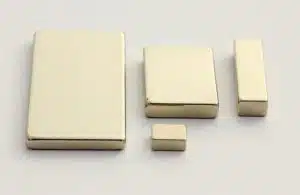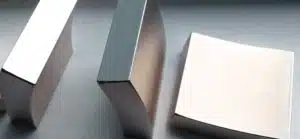Permanent magnet
A permanent magnet is an object, which is maintaining the state of magnetization for a long period of time. Products are made of iron, steel, cast iron, nickel, cobalt, and individual alloys of rare-earth metals. There are also natural minerals (magnetites), which are also used as a source material for the production of permanent magnets. Products may have a different shape. Our company, in addition to the manufacture of permanent magnets, offers powder metallurgy.
BASIC PRODUCT CHARACTERISTICS
A permanent magnet, unlike an electromagnet, can be in an active state without external support and has the following properties:
- The presence of two poles. In this case, the opposite charges attract, and the same – repel each other.
-
Strengthening the intensity of the magnetic field near the poles.
- The ability of the magnetic force of the product to pass through objects or materials.
Five main types of permanent magnets:
- Alnico
At the base is a combination of aluminum, cobalt and nickel. Able to work at high temperatures. Used in electric motors, military and aerospace equipment, sound equipment. Ferrites.
They are easy to perform and widely used. Includes iron oxide and strontium carbonate. They are present as part of medical tools, lifting magnets, generators, etc.
- Ferrite.
Easy to manufacture, widely distributed. Contains iron oxide and strontium carbonate. Present in the composition of medical instruments, lifting magnets, generators, etc.
- Rare earth material magnets.
Effective in a wide range of temperatures, made of samarium and cobalt. The scope of their application – turbotechnics, automotive, electronics.
- Neodymium.
They have great strength that allows you to make products of small sizes. Used in the manufacture of hard drives, prostheses, MRI scanners, various sensors.
- Polymer.
Solid counterparts. Present in the composition of toys, printing and promotional products, window seals, etc.
If you need to manufacture permanent magnets, you can also use the services of our company.




